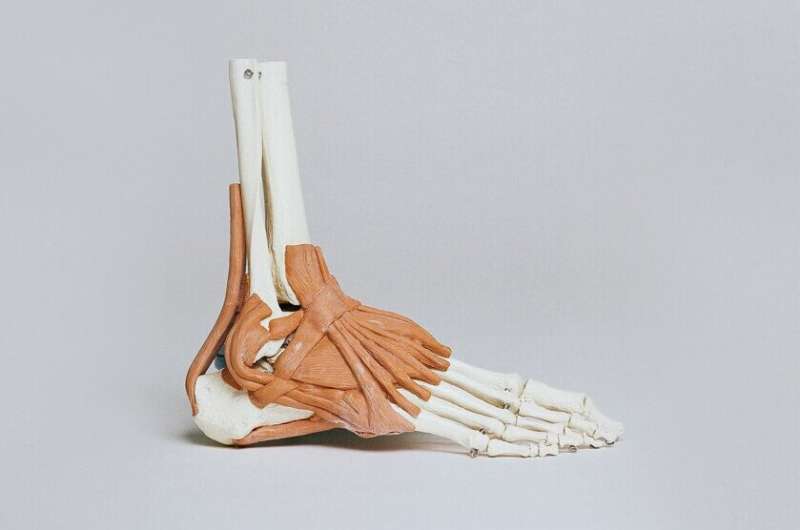Why the ALS Drug BIIB078 Failed Despite Target Engagement

A groundbreaking study explains why the promising ALS drug BIIB078 failed despite reaching its target in the CNS. The research highlights the challenges in drug delivery and the need for better biomarkers to measure treatment effectiveness in ALS. Source: Emory University.
A recent study conducted by Emory University’s ALS Center and the Center for Neurodegenerative Disease at the Goizueta Brain Health Institute sheds light on why the experimental ALS medication BIIB078 did not deliver expected clinical benefits, despite successfully reaching its target within the central nervous system (CNS). The research, published in the journal Cell, focused on a genetic form of amyotrophic lateral sclerosis (ALS) linked to the C9orf72 gene, which is the most common inherited cause of the disease.
BIIB078 is an antisense oligonucleotide (ASO), a synthetic genetic material designed to hinder the production of toxic RNA and proteins associated with ALS. The clinical trial was halted in 2021 after patients showed no significant clinical improvement. Although cerebrospinal fluid (CSF) biomarkers indicated that the drug engaged its target, it remained unclear whether the drug penetrated CNS tissues effectively and impacted the disease process.
Researchers analyzed CSF samples collected during patients’ lifetimes along with postmortem brain and spinal cord tissues from eight individuals with C9orf72-linked ALS who received BIIB078, and 31 ALS patients who did not. They observed that, although BIIB078 dispersed throughout the CNS and reduced some toxic proteins, it did not alter the fundamental disease mechanisms, such as the accumulation of abnormal brain proteins driving ALS progression.
The study emphasizes that simply achieving the drug’s presence in the CNS is insufficient; effective treatment must influence disease pathways. Variability in individual responses to the therapy was also noted, underscoring the importance of personalized approaches in future therapeutic development.
This research highlights the need for improved biomarkers that can accurately reflect disease changes in real time, which is essential for evaluating the efficacy of experimental treatments. Co-senior author Jonathan Glass from Emory states that understanding the biological effects of ASO therapies is crucial as multiple similar therapies are in clinical trials or already in use. The findings serve as a critical step toward designing more effective gene-targeted treatments for neurodegenerative diseases.
In summary, while BIIB078 was capable of reaching parts of the CNS and reducing some toxic proteins, it did not modify key disease processes in ALS. These results suggest that future therapies should not only target drug delivery but also effectively interfere with the pathological mechanisms of ALS, highlighting the importance of developing better biomarkers for monitoring treatment effects.
Stay Updated with Mia's Feed
Get the latest health & wellness insights delivered straight to your inbox.
Related Articles
Innovative Lateral Approach in Total Ankle Replacement Demonstrates Long-Term Success
A groundbreaking lateral approach in total ankle replacement shows excellent long-term outcomes and implant durability, offering new hope for patients with end-stage ankle arthritis.
Majority of U.S. Neurologists Prescribing Multiple Sclerosis Medications Have Received Industry Payments, Study Reveals
A new study reveals that nearly 80% of U.S. neurologists prescribing multiple sclerosis drugs have received payments from pharmaceutical companies, influencing prescribing practices and healthcare costs.
Innovative Approach: Nuclear Speckle Rejuvenation as a Potential Treatment for Neurodegenerative Diseases
New research highlights nuclear speckle rejuvenation as a promising novel strategy for treating neurodegenerative diseases like Alzheimer's and Parkinson's, offering hope for future therapies.
Innovative AI Tool Provides In-Depth Understanding of the Human Immune System
A new AI framework developed by the University of Tokyo offers rapid, accurate, and hierarchical analysis of immune cells from single-cell RNA data, advancing immunology research and potential clinical applications.



